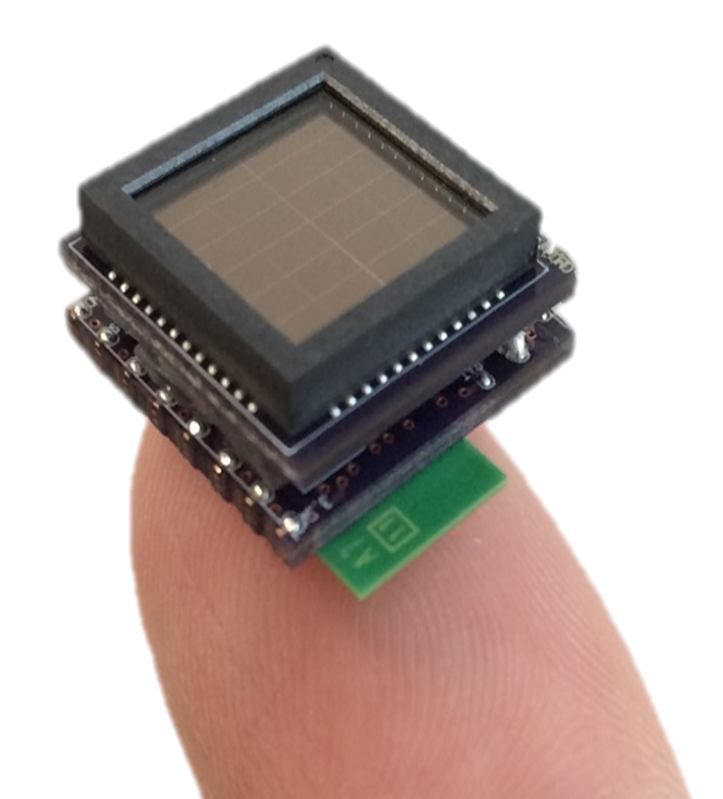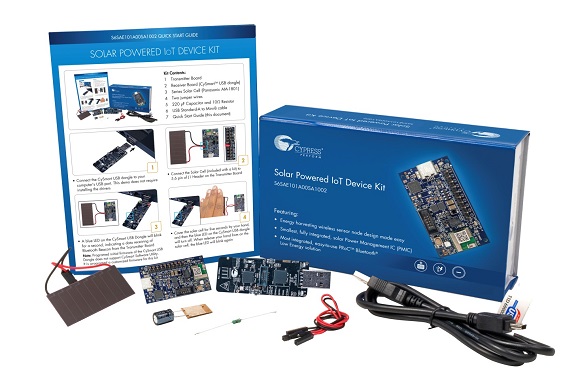Harvested energy enables Place and Forget nodes
Will wireless sensor nodes prove to be fertile ground for energy harvesting solutions, or will reliability and continuity of supply demand a battery-based implementation? Philip Ling takes a look at one option that could challenge perception.
The problem with harvesting energy is that it’s often difficult to know when and where the energy will be available for harvesting; the main contenders today are heat, vibration and solar, and of the three solar is probably the most dependable. Harvesting energy from heat requires a fairly large heat differential; a condition that doesn’t exist in abundance naturally. Likewise, harvesting energy from vibration currently requires quite vigorous movement, which can also be difficult to locate and utilise. Solar/light energy, on the other hand, is relatively abundant and easily ‘captured’.
The challenge then becomes capturing enough energy, with enough efficiency, to make it useful. Wireless sensor nodes in the IoT present the perfect use-case for solar energy harvesting, if ‘enough’ is really enough. However designing an Energy Harvesting System (EHS) for a wireless sensor node (WSN) is challenging; it requires a level of expertise in analog design, the components need to draw an ultra-low quiescent current, energy conversion and storage must be implemented efficiently and it can involve complex algorithms to make the most of the available energy.
Addressing these challenges requires a power management IC (PMIC) designed specifically for energy harvesting, of which there are now several, however Cypress Semiconductor believes that its latest series of devices in this application space, the S6AE10xA, outperforms the competition as well as its own predecessors.

Focus, people!
Perhaps the key to its success is that it focuses on a single type of energy harvesting, in this case solar. When compared to its competitors, Cypress believes this allows it to outperform them in several parameters, most notably quiescent current.
There are three devices in the family, all of which employ linear power conversion, as opposed to buck/boost DC/DC conversion used by many of the alternatives (including Cypress’ existing energy harvesting PMICs). Quiescent current is as low as 250nA, and start-up power is equally low (around 1.2µW) for all three devices.
According to Jack Ogawa, a member of the Corporate Marketing team at Cypress Semiconductor, optimising for solar has allowed the company to remove a lot of the circuitry associated with other forms of energy harvesting, where the voltage/current characteristics are quite different for each energy type.
“The optimisation is the key to maximising efficiency,” explained Ogawa, adding: “That’s the value-add that we’re hoping we’re providing with the new parts.”
The three new solar-specific parts offer an increasing level of integration, with the S6AE103A offering the most features: “The circuitry that we’ve integrated has been optimised for power consumption; for example the CR timer that we’ve integrated is designed for very very low operating power, versus a discrete that might consume more power than you can afford.”
It means that, in order to get the lowest total operating power from an energy harvesting system, it may be necessary to choose the most highly integrated part: “We absolutely want to eliminate the battery from the circuit,” added Ogawa. Furthermore, Ogawa claims that the solution allows for a smaller form factor: “What we try to shoot for is a solar cell that is 1cm square and operates in office lighting,” he added.
An office light may produce between 5 and 1000 lux, Ogawa says that with a 1cm solar cell a solution would be able to operate at a light level of just 200 lux; allowing for a ‘place and forget’ approach to creating Bluetooth beacons in an office environment, for example.
And Bluetooth will play an important role in the success of Wireless Sensor Nodes in general, and Cypress’ new energy harvesting solutions in particular. Specifically, the new beacon feature of Bluetooth 4.2 is expected to stimulate innovation in beacon technology, and in addressing this Cypress has developed the Solar-Powered IoT Device Kit to help developers get started. It comprises the S6AE101A energy harvesting PMIC, its EZ-BLE PRoC module and an I2C temperature/humidity sensor.
While nothing in the IoT is certain, it seems likely that Wireless Sensor Nodes and Bluetooth Beacons are two areas with massive potential; the ability to exploit that potential using harvested energy now presents itself and could provide the ‘place and forget’ use-case that will truly propel the IoT to new heights.




